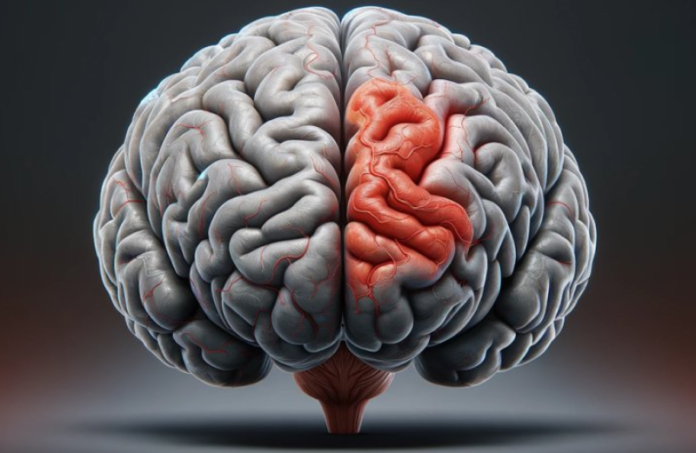In the light of fresh studies, scientists reveal the unexpected cause of hemorrhage into the brain, finding that erythrocytes that play the role of "grief-assistants" can be initiated by microcrocies in the brain during aging.
The research conducted by a scientific group under the guidance of professors of Syanmino and Mark Fisher from the University of California in Irvina found that with age, erythrocytes can be stuck in narrow brain capillaries, which can lead to microcrocars.
Earlier it was accepted that hemorrhage in the brain occur mainly due to physical damage to the blood vessels. However, a new study reveals that the interaction of aging erythrocytes with capillaries can cause a series of hazardous microcrops.
Closing of erythrocytes in capillaries can be especially dangerous for the elderly, as it is associated with an increased risk of developing Alzheimer's disease, hypertension and ischemic stroke. The aging capillaries lose their effectiveness in the removal of detained erythrocytes, which can lead to serious complications.
Researchers have caused oxidative stress in erythrocytes to study this mechanism. According to the results, erythrocytes that are stuck in capillaries have been subjected to endothelial erythrophaagocytosis. However, this process led to the inflammatory cells of the microglia and have caused hemorrhage into the brain, even when erythrocytes were tried to clear the capillaries.
The findings find new opportunities for further research and development of treatment methods aimed at maintaining capillary function in the aging brain and preventing complications from erythrocyte clogging. Scientists emphasize the importance of further studies of regulating the patency of brain capillaries and its connection with ischemic stroke to develop effective methods of treating these complications.


